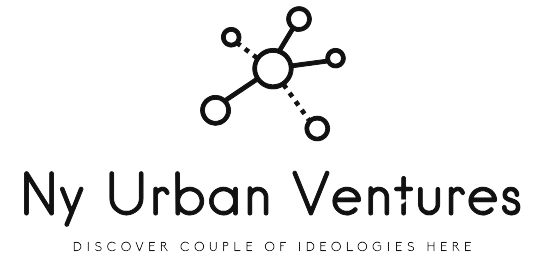The Role of Personality Types in Academic Success
Understanding the job of personality types in scholarly achievement can offer important bits of knowledge into how various people approach their examinations and conquer difficulties. Personality attributes impact how understudies draw in with their coursework as well as how they handle pressure and work together with peers. Here, learning about personality types can improve interpersonal relationships by helping individuals understand and appreciate different behavioral tendencies.
The Impact of Personality on Learning Styles
Personality types altogether influence learning inclinations and scholarly execution. For example, outgoing understudies often flourish in intuitive learning conditions where they can talk about and banter points with others. They might succeed in bunch undertakings and oral introductions. Alternately, thoughtful understudies could favor single review and reflection, succeeding in undertakings that require profound fixation and individual exertion.
Contemplative people are bound to participate in nitty gritty examination and appreciate concentrating on in calm settings, which can serious areas of strength for prompt in errands requiring careful research and individual decisive reasoning. Outgoing people, then again, could profit from cooperative learning techniques, for example, concentrate on gatherings or class conversations, which can upgrade their comprehension through verbal commitment and aggregate critical thinking.

Personality and Stress Management
Different personality types likewise approach scholarly pressure in shifted ways. Masochist understudies, who might encounter more elevated levels of uneasiness and stress, could battle with high-stakes tests or weighty jobs. Their aversion to stress can influence their scholarly exhibition, making it vital for them to foster effective survival methods and look for help when required.
Interestingly, understudies with more significant levels of close to home strength will generally deal with scholastic tensions with more noteworthy flexibility. They are bound to keep an inspirational perspective and oversee pressure through versatile methodologies, for example, using time productively and critical thinking procedures. This close to home strength can prompt more predictable scholastic execution and a better way to deal with scholarly difficulties.
Cooperation and Personality
Cooperation is another region where personality types assume a basic part. Principled understudies, who are often coordinated and reliable, are probably going to take on positions of authority in bunch projects and contribute essentially to collaborations. Their scrupulousness and obligation to cutoff times can drive the progress of cooperative undertakings.
Then again, understudies who score high on pleasantness will generally be helpful and compassionate, which can cultivate a positive collective vibe. They are probably going to succeed in social environments by advancing amicability and guaranteeing that all colleagues’ voices are heard.
Therefore, learning about personality types provides valuable insights into personal strengths and weaknesses, aiding in personal growth and self-awareness.







